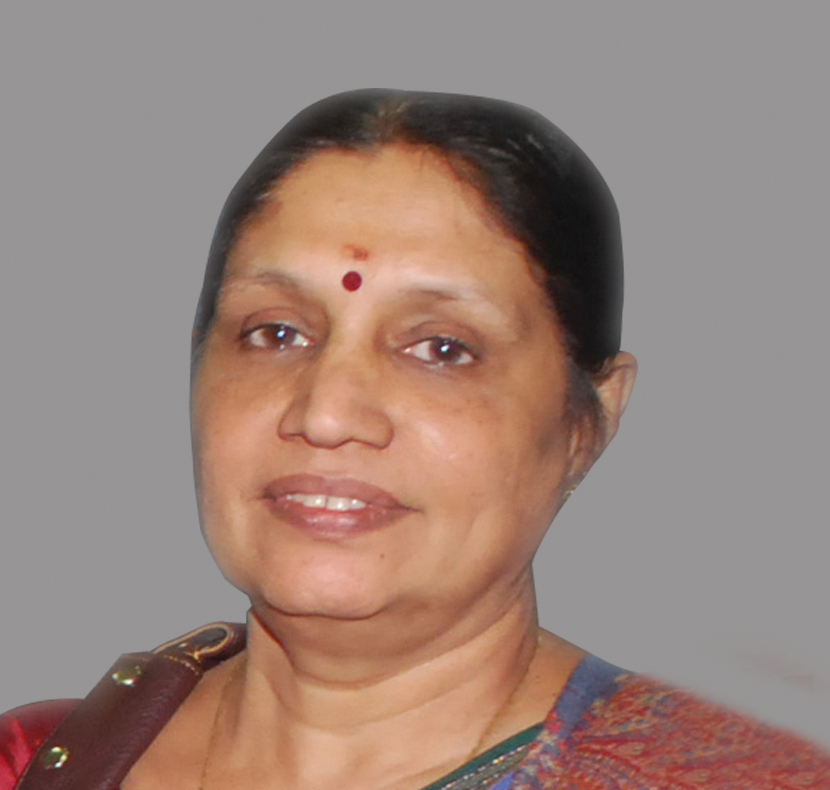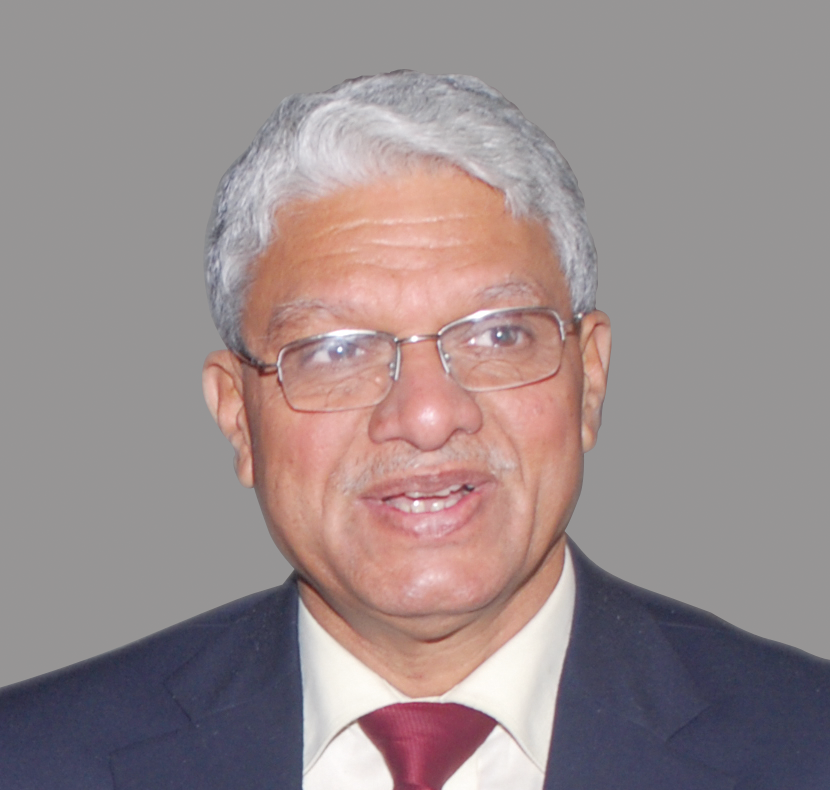
Expert Panel

Vice Chancellor, MG Kashi Vidyapeeth, Varanasi.

Chairperson, National Biodiversity Authority, Chennai.

Air Vice Marshal (Retd) Former DG, IMD, New Delhi.

Former Member Secretary, Central Pollution Control Board, New Delhi.

Former Director, NCAOR, Goa.

Professor, CSRD, Jawaharlal Nehru University, New Delhi.

Professor, CSRD, Jawaharlal Nehru University, New Delhi.

Director, Economic Research, Nielsen, New Delhi.
Inside this issue
Farmers' Transitions
A strong trend towards agricultural diversification from food to commercial crops and from enterprise to allied activities is emerging. This shift is driven by both, state policies and the domestic market and has a bearing upon small and marginal landholders.
Tracing changes with new start-ups in the production and retail segments of the value chain, the article analyses diffusion and impacts of organised retailing on farming community and outlines policy implications.
The Agricultural Produce Market Committee (APMC) has been criticised for its redundancies regarding buyers’ and sellers’ transactions. However, this is due to options available now for direct sale and contract farming.
Crop Technologies
Crop improvement programmes through induced mutations were initiated nine decades ago. Nearly 3250 mutant varieties belonging to about 175 plant species have been developed and released. India has made a significant contribution in crop improvement through mutation breeding.
Even if YOU ignore ‘GM’ it will NOT ignore YOU! There are only two traits in 98 per cent of GM foods—production of a pesticide in every cell of the plant or the ability to withstand weed killing herbicides. GM food cannot be distinguished from non-GM food, so you will eat it if India grows it.
Genetically modified crops have been under scrutiny for being unhealthy, destroying the traditional cropping practices and yet they seem to be providing answers to burgeoning food requirements. A careful system of scientific monitoring has to be in place prior to the induction of such endeavours in India.
Over the years, chemical fertilisers have been applied to soil in order to increase their fertility. However over or under application of fertilisers can damage the crop yield and also cause serious ecological concerns. Soil testing thus acquires an important place in farming, specifically in site specific crop management. Non-destructive in-situ measurements of soil nutrients with cost effective optical sensing methods can help in determining and monitoring the nutrient levels in the soil.
The Svalbard Global Seed Vault or the Doomsday Vault is a seed storage facility for the world’s agricultural crops that can help in combating the effects of climate change, population growth, extinction of crop species and destruction of gene banks.
Photo-Essay
The clouds have been unkind to Telangana for years, taking a toll on the land, rendering water bodies barren and scarred. To combat this, the Telangana government took to building reservoirs to irrigate the drought-prone districts. For those who agreed to be displaced, life has thrown up challenges. Villagers had to leave their homes, farms and move. munna.virgo@gmail.com
Forestry Policy
The forest certification systems by the Forest Stewardship Council is reflective of an emergent need, intertwining business and ethics. Its guidelines have setup a benchmark against which the modus operandi of timber corporations and plantations can be examined.
India's Outdoors
Living tree bridges that one finds in picturesque Meghalaya are called Jingkieng Deingjri meaning ‘bridge of the rubber tree’ in Khasi. Tree bridges are natural structures that are examples of bioengineering at its best.
In brief
Strengthening Agri-Innovations Food, central to our existence, has singularly proved to be a mechanism for global governance. India continues to combat hunger and confront food crises in a backdrop of an ever growing population. The country has engaged in a wide range of historical debates from sci

